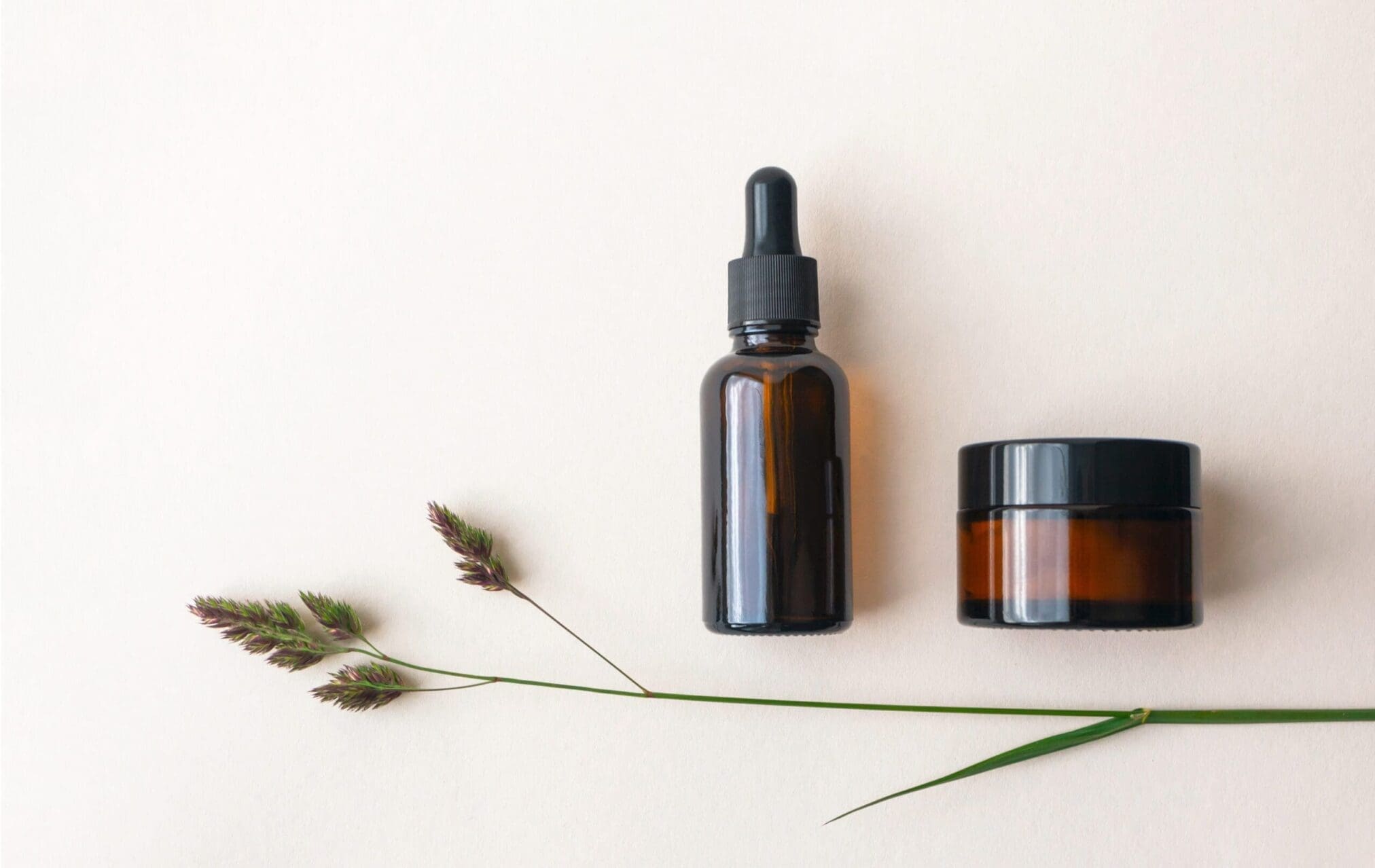N-methyl-2-pyrrolidone (NMP – EC 212-828-1, CAS 872-50-4) is used as a solvent and a surfactant in cosmetic products. It may enhance the dermal absorption of other cosmetic ingredients. The substance, classified as CMR category 1B, has recently been under scientific scrutiny by the Scientific Committee for Consumer Safety (SCCS) and the EU Competent Authorities.
Scientific Opinion
The SCCS based its Opinion on the worst case assessment with a maximum use concentration of 5% NMP in cosmetic products and a dermal absorption of 100%, when the Margin of Safety is considered to be too low. The Opinion does not specify the actual possible maximum concentrations of NMP present in cosmetic products; and specific measurement of dermal absorption through skin at relevant concentrations. The SCCS however concluded that the presence of NMP with a maximum use concentration of 5% in cosmetic products is not safe for the consumer.
Consequences for the cosmetic industry
N-methyl-2-pyrrolidone has been added to the List of substances banned for use in cosmetic products in 2015 and will most likely be included in Annex II of the 1223/2009 Regulation – List Of Substances Prohibited In Cosmetic Products very soon. Transition periods are usually necessary to allow industry to adapt to a new legal requirement, nevertheless manufacturers should plan to reformulate and replace NMP in their cosmetic formulas.
If you wish to know more about restricted ingredients in the EU market, do not hesitate to contact us. Obelis Expert Consultants, with nearly 30 years of experience with EU regulatory affairs, will gladly answer your questions.


